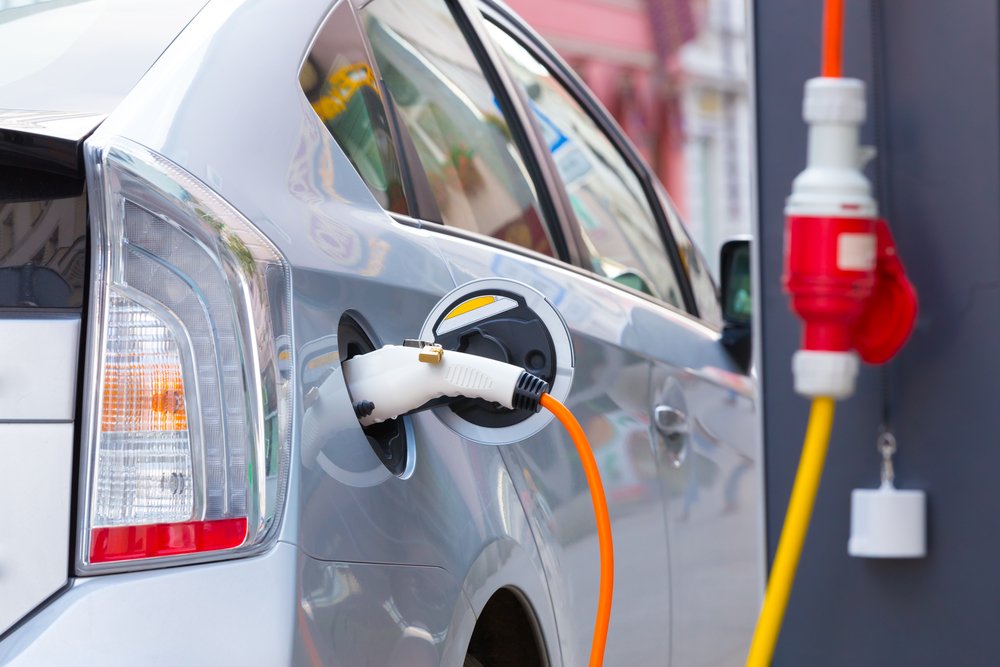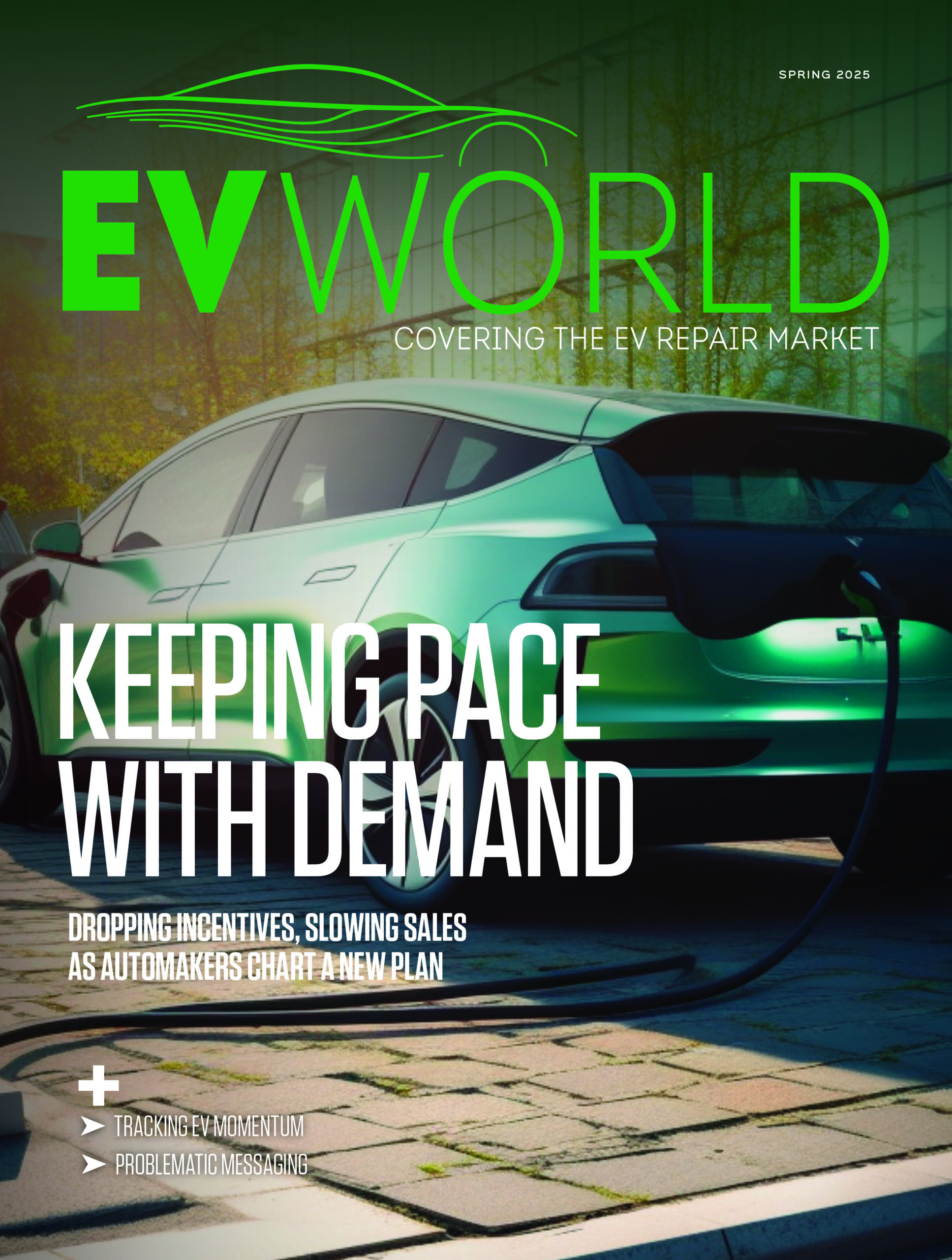
The rapidly increasing number of electric vehicle sales is adding stress to already strained public vehicle charging stations.
A report that looked at EVs and charging infrastructure in the United States found that infrastructure wasn’t ready for the unexpected boom in electrified vehicle sales. Markets with higher amounts of EVs — such as California, Texas and Washington — are seeing the charging infrastructure be viewed as inadequate and plagued with non-functioning stations by EV owners.
The second annual J.D. Power U.S. Electric Vehicle Experience (EVX) Public Charging Study released late in the summer found that even though there are more public charging stations are in operation than ever before, customer satisfaction with public Level 2 charging declined from last year (633 on a 1,000-point scale, down from 643). Satisfaction with the speedier DCs (direct current) was flat at 674 points.
J.D. Power reported that a lack of progress in satisfaction needs to be turned around as EVs gain wider consumer acceptance — a shortage of public charging availability is the top reason consumers reject EVs.
“Public charging continues to provide challenges to overall EV adoption and current EV owners alike,” said Brent Gruber, executive director of global automotive at J.D. Power. “Not only is the availability of public charging still an obstacle, but EV owners continue to be faced with charging station equipment that is inoperable.”
Simply adding stations isn’t the silver bullet, he noted.
“Stations need to be added to areas where there are currently gaps in heavily travelled routes and in high-density areas for people who don’t have access to residential charging, but most importantly, designed with things for users to do while charging— regardless of the use case,” he said. “Then, we need to make sure those stations are reliable.”
The report further detailed that most owners are relatively satisfied with the ease of the charging process. Finding a location was also noted as relatively easy.
“But the industry needs to do a better job of maintaining existing charging stations. The study finds that one out of every five respondents ended up not charging their vehicle during their visit. Of those who didn’t charge, 72 per cent indicated that it was due to the station malfunctioning or being out of service,” the report stated.












Leave a Reply